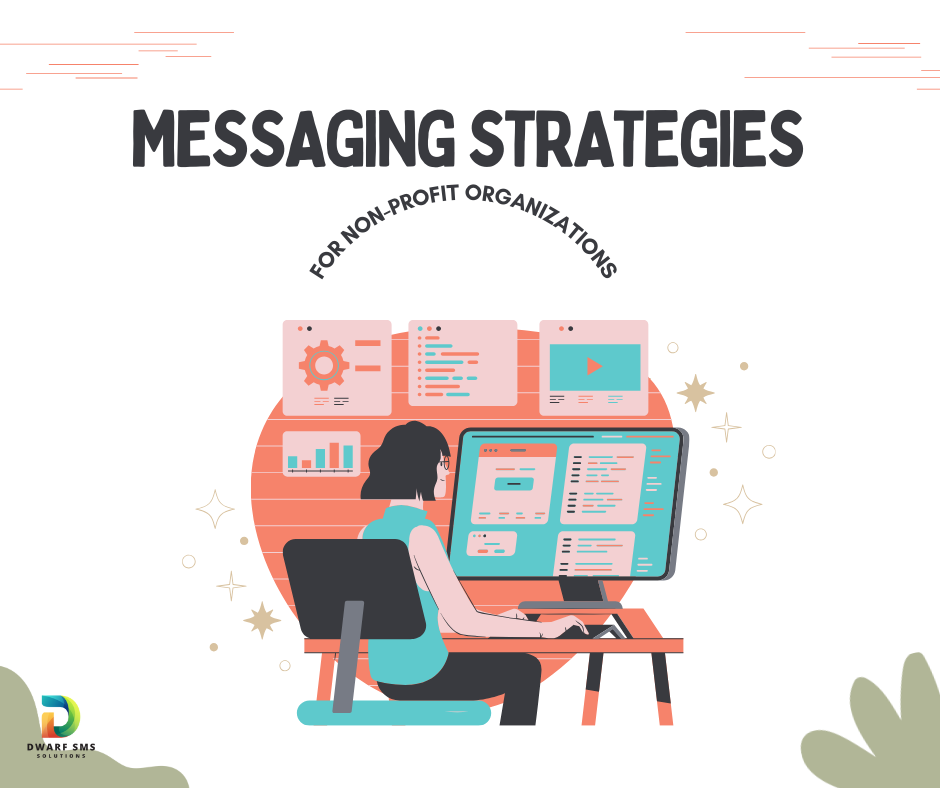
Messaging Strategies for Non-Profit Organizations
1. Create a Clear Main Message
Your main message should explain what your organization does, why it matters, and what it aims to achieve. Make sure it's:
- Simple: Easy to understand without using complex words.
- Interesting: Shows why your cause is important.
- Consistent: The same across all your communications.
2. Understand Your Audience
Know who you’re talking to. Find out:
- Basic Info: Age, gender, location, education, and income.
- Interests and Values: What they care about and their attitudes.
- Behaviors: How they’ve interacted with your organization before.
Use this information to tailor your messages to different groups.
3. Tell Stories
Stories connect with people emotionally. Use them to:
- Show Impact: Share success stories of those you've helped.
- Humanize Your Cause: Include personal stories from beneficiaries, volunteers, and staff.
- Create Urgency: Tell about ongoing challenges to encourage immediate action.
4. Use Various Channels
Reach your audience through different ways:
- Social Media: Share updates, photos, and videos.
- Email: Send newsletters and personalized messages.
- Website and Blog: Keep your website informative and updated with blog posts.
- Traditional Media: Use press releases and print materials to reach more people.
5. Use Visuals
Visual content grabs attention. Include:
- Photos and Videos: Show the work you do and its impact.
- Infographics: Make data and information easy to understand.
- Consistent Design: Keep a uniform look that matches your brand.
6. Engage and Interact
Build relationships by encouraging interaction:
- Respond Quickly: Answer questions and comments promptly.
- Ask for Feedback: Use surveys and ask for input from supporters.
- Invite Participation: Promote events and volunteer opportunities.
7. Measure and Improve
Regularly check how well your messaging works:
- Track Metrics: Look at engagement, conversion rates, and audience growth.
- Analyze Data: See what’s working and what’s not.
- Make Changes: Update your messaging based on feedback and results.
8. Be Transparent and Accountable
Build trust by being open about your operations:
- Share Financial Info: Publish annual reports and financial statements.
- Report Outcomes: Show the results of your programs.
- Acknowledge Mistakes: Be honest about challenges and how you’re fixing them.
Conclusion
Good communication helps non-profits connect with their audience, raise awareness, and drive action. By creating a clear main message, understanding your audience, telling stories, using various channels, incorporating visuals, engaging interactively, measuring performance, and being transparent, your non-profit can effectively promote its mission and increase its impact.

